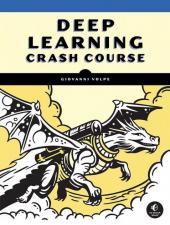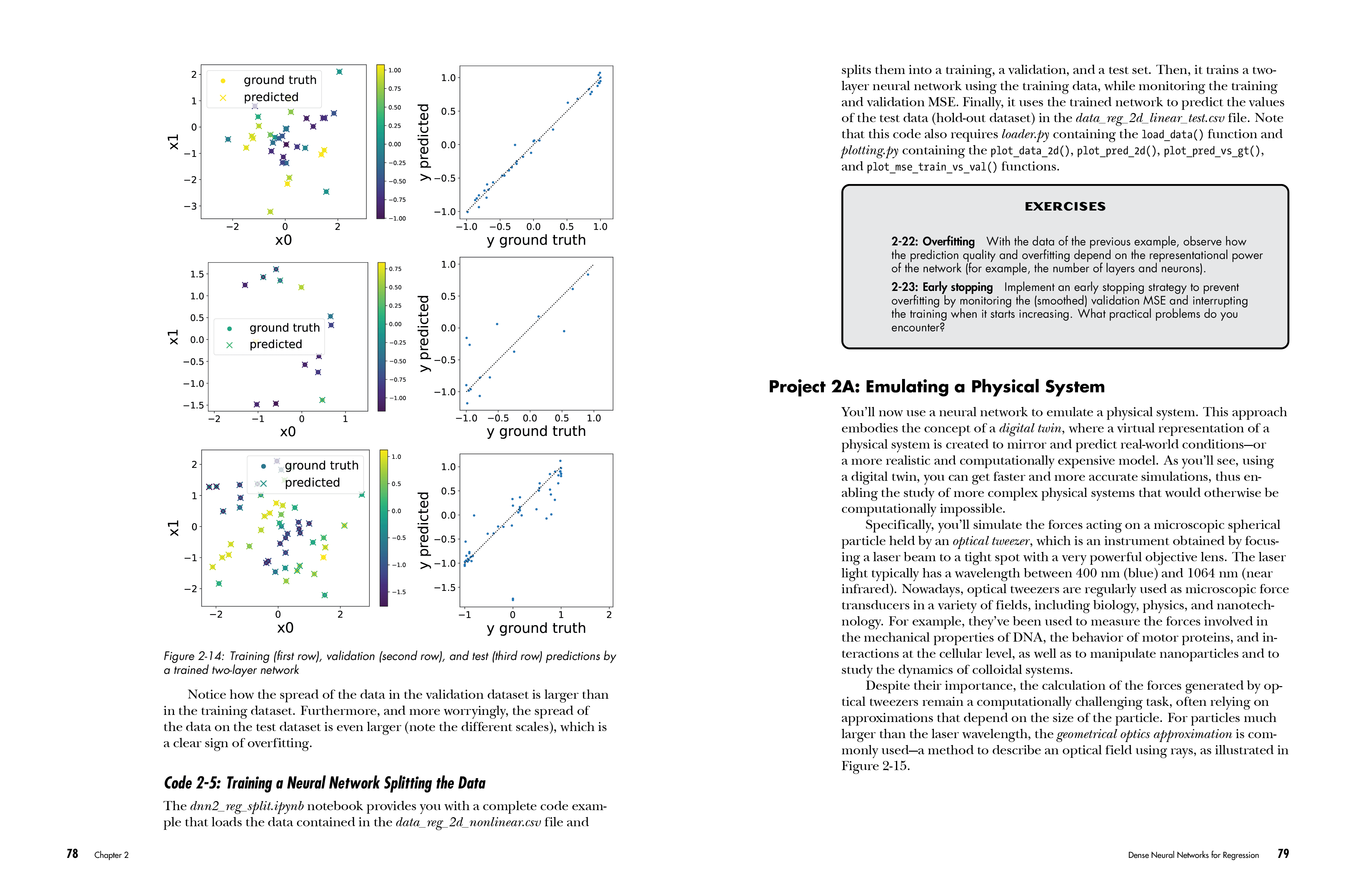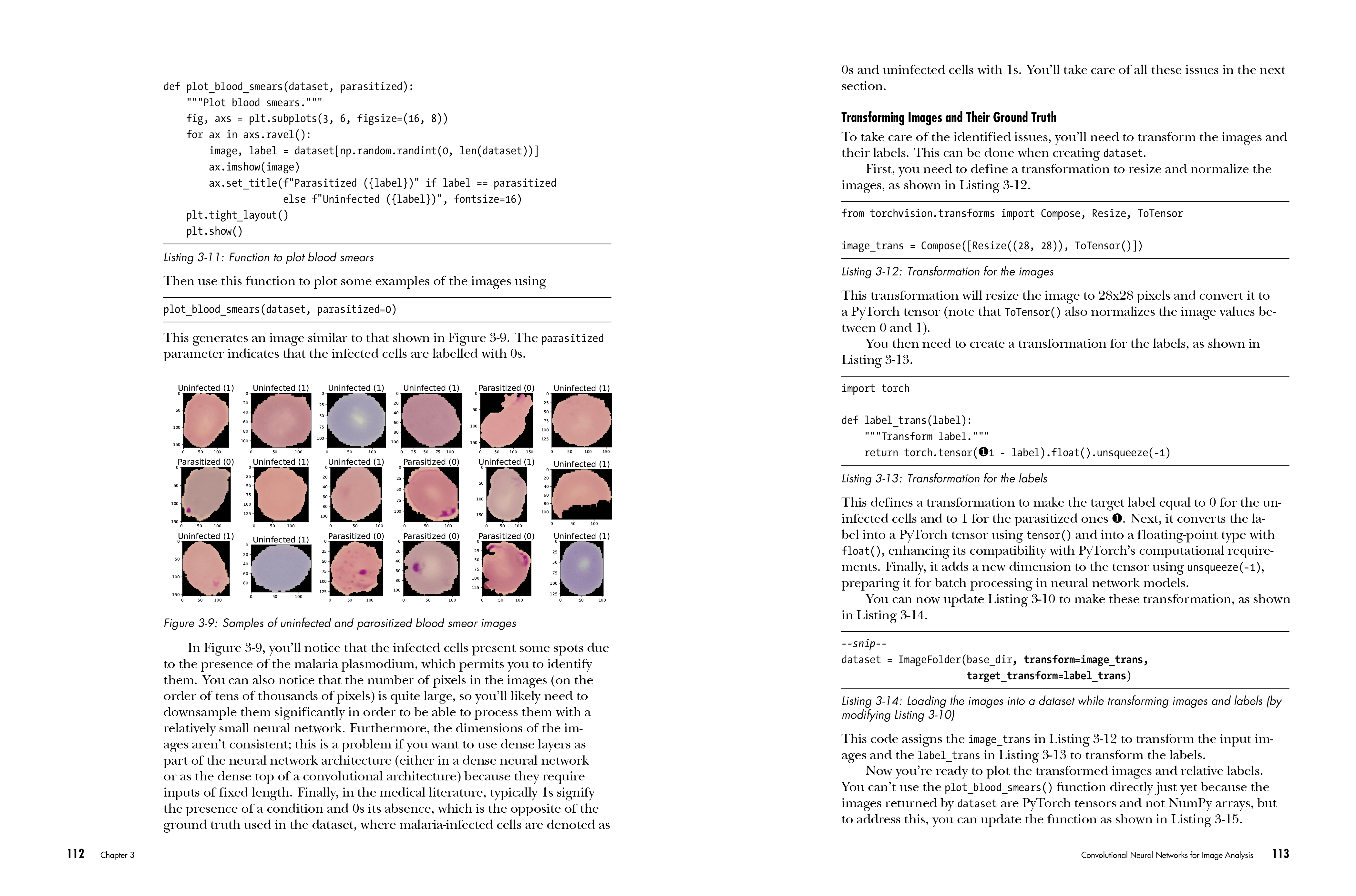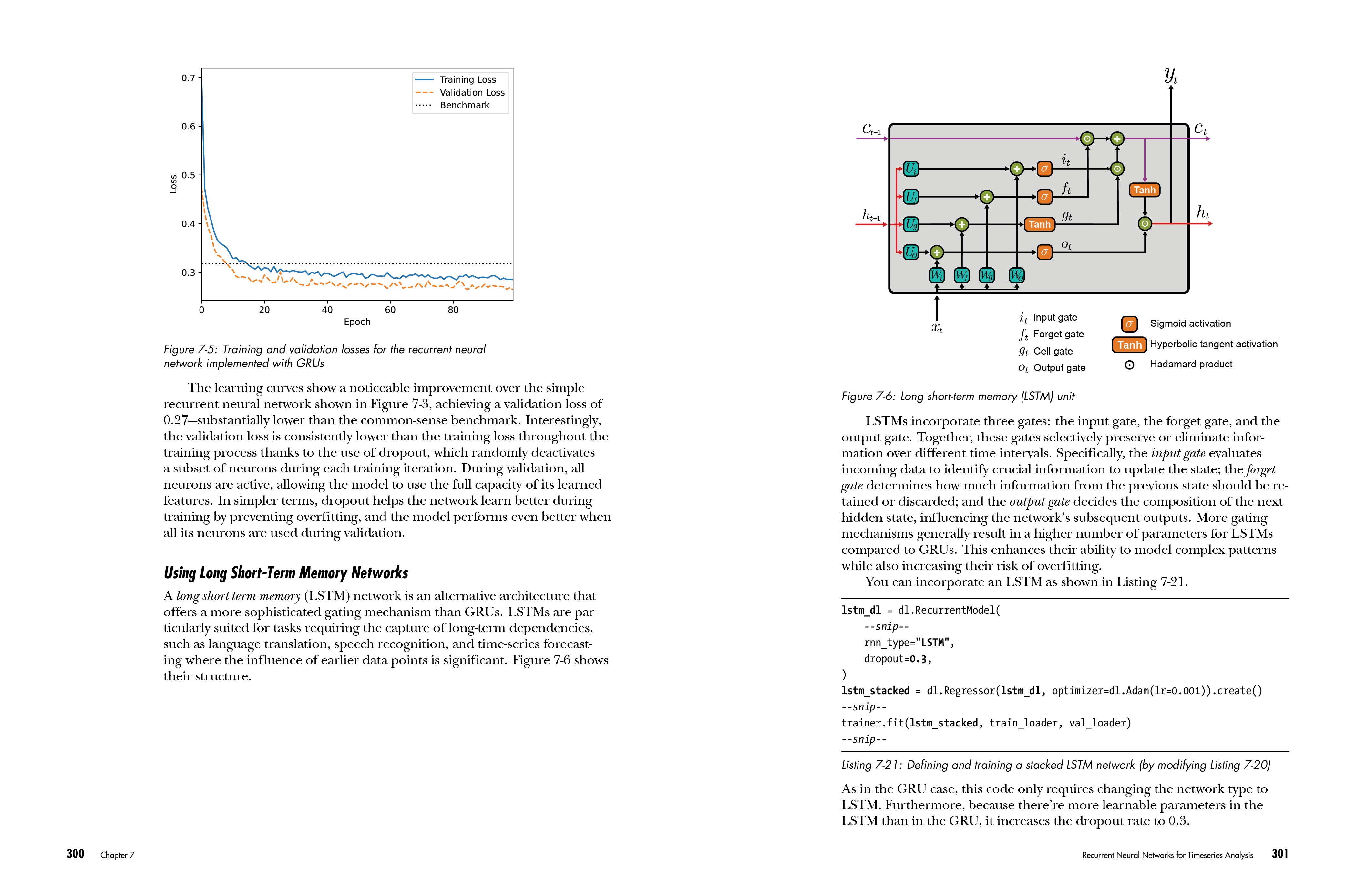Giovanni Volpe is a professor in the Physics Department of the University of Gothenburg, Sweden, and head of the Soft Matter Lab. His research interests include deep learning, brain connectivity, statistical mechanics, and soft matter. He has authored more than 200 articles and reviews on these topics and has co-authored two books. He has also developed several software packages for microscopy (DeepTrack), deep learning (Deeplay), and brain connectivity (BRAPH).
Benjamin Midtvedt earned his PhD at the University of Gothenburg with a focus on enhancing microscopy through deep learning. His research has centered on the development of accessible and practical AI optimized to the needs of the user. He has also been the lead developer of several Python-based open source deep learning frameworks, including DeepTrack and Deeplay.
Jesús Pineda earned his PhD in physics at the University of Gothenburg with a focus on the intersection of deep learning and computer vision. He has co-authored several articles in high-impact journals on the application of deep learning to glean insights from microscopy data. Jesús is also a core developer of the deep learning software packages DeepTrack and Deeplay.
Henrik Klein Moberg received his PhD from Chalmers University of Technology, Sweden, where he specialized in the integration of AI with the physical sciences. His research focused on applying deep learning techniques to nanofluidic microscopy and nanophotonics, aiming to enhance the precision and efficiency of these technologies. He has also organized and spoken at numerous conferences related to AI and scientific data analysis.
Harshith Bachimanchi completed his PhD at the University of Gothenburg on the integration of holographic microscopy and deep learning to better understand marine microorganisms. He has applied deep learning techniques and experimental optics to track both biological and synthetic particles, enhancing our understanding of these complex systems. He has also developed simulations demonstrating the applications of deep learning in microscopy.
Joana B. Pereira is an associate professor at Karolinska Institute, Sweden, where she focuses on investigating new biomarkers for neurodegenerative disorders, in particular Alzheimer’s disease. Since 2020, she has organized an annual interdisciplinary conference called Emerging Topics in Artificial Intelligence in San Diego, CA. She is the scientific coordinator for NeurotechEU and winner of the 2021 de Leon Prize for best neuroimaging article in Alzheimer’s disease.
Carlo Manzo is an associate professor at the University of Vic, Spain, where he leads the Quantitative Bioimaging Lab. His research is dedicated to the analysis of biophysical processes, merging deep learning techniques with state-of-the-art imaging technologies to achieve single-molecule sensitivity. He is the founder of the Anomalous Diffusion challenge and winner of the 2017 E. Pérez Payá Prize from the Sociedad de Biofísica de España.




